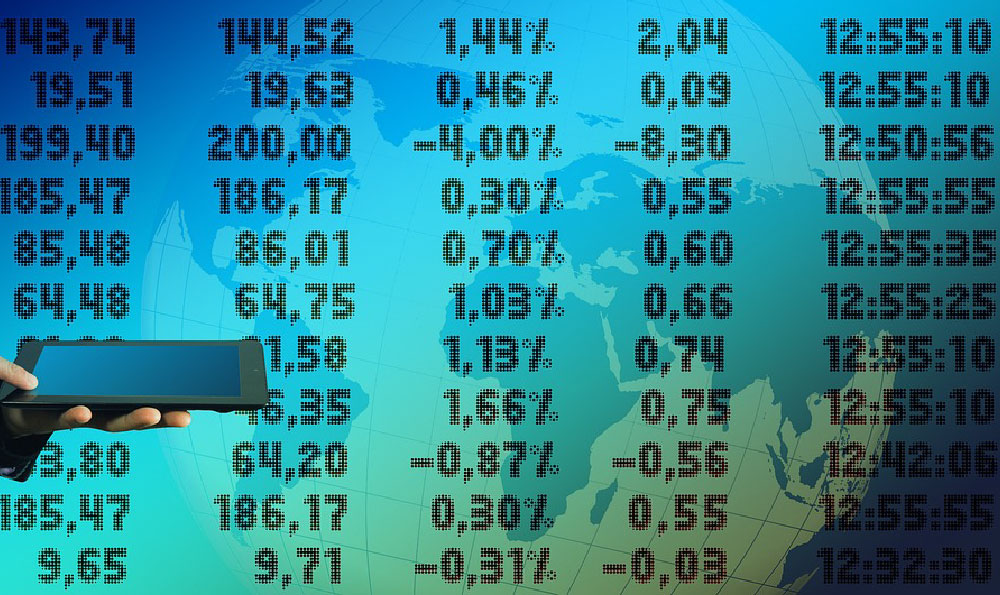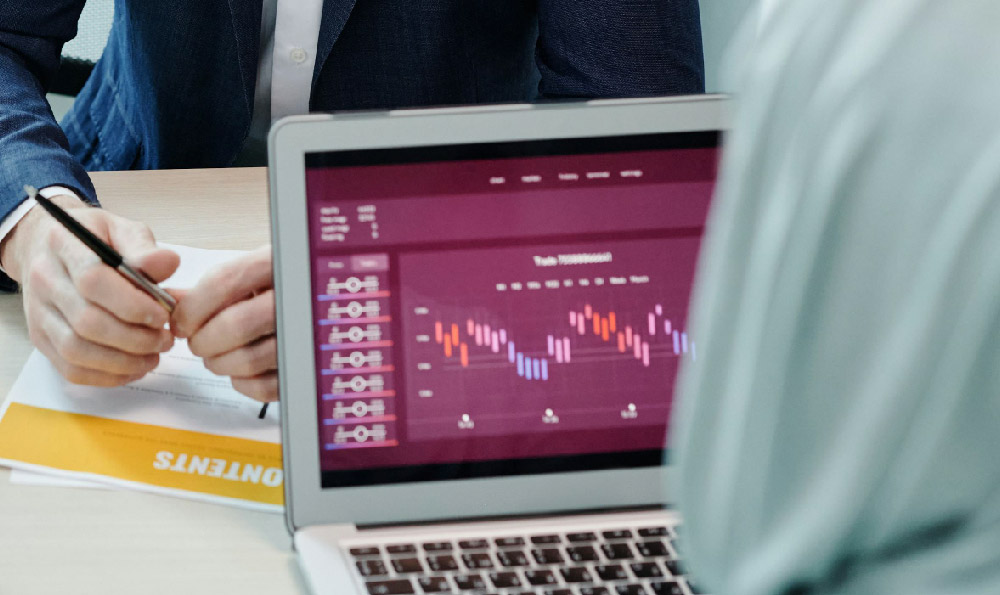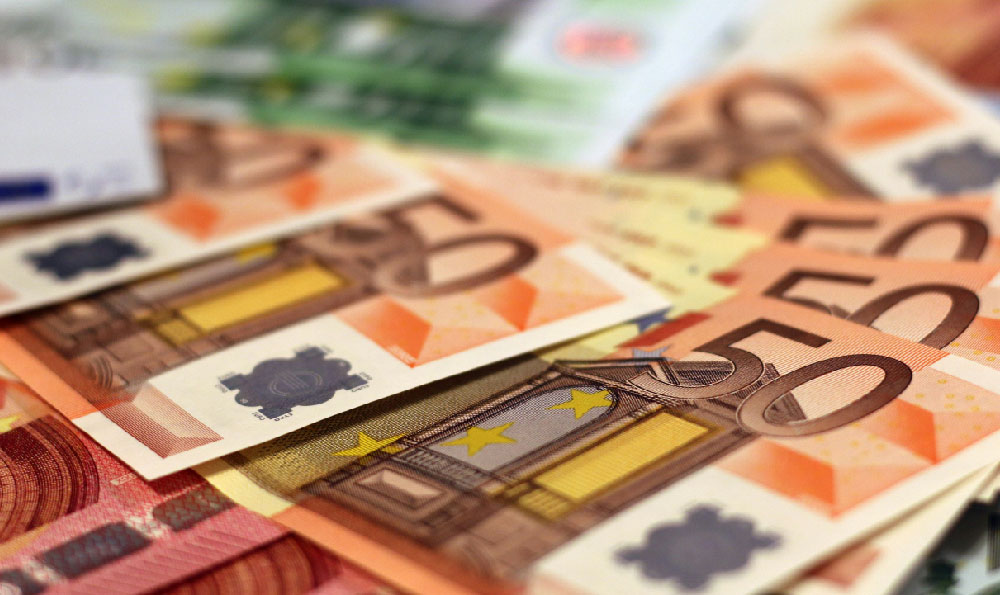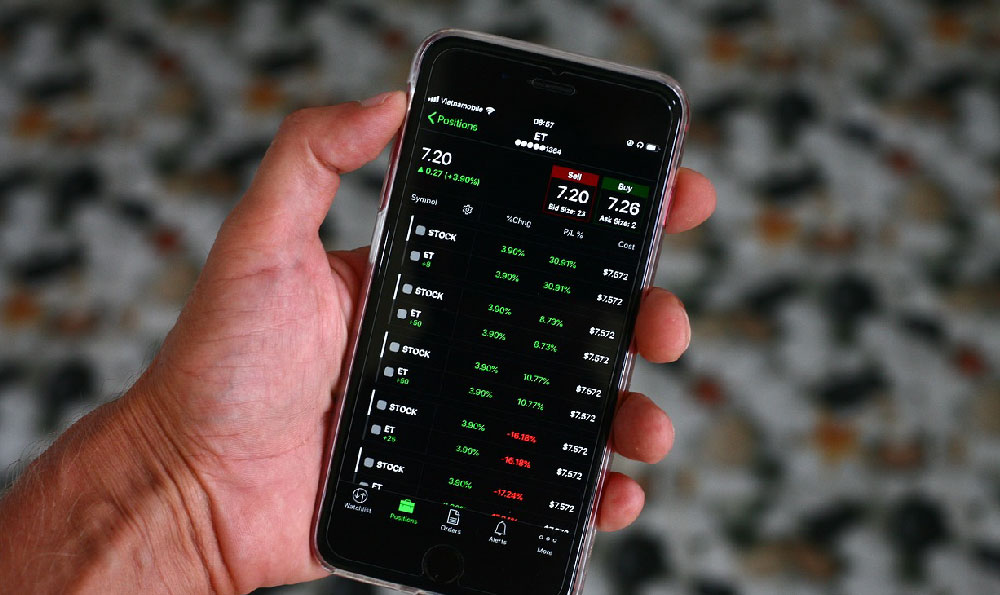
George Soros, a name synonymous with astute financial maneuvering and philanthropic endeavors, didn't just stumble upon his immense wealth. His fortune, estimated to be in the billions, is the culmination of a deeply ingrained understanding of market dynamics, a willingness to take calculated risks, and the development and implementation of several key investment strategies. To dissect how Soros amassed his wealth, we need to delve into his background, his philosophical underpinnings, and, most importantly, the specific techniques he employed.
Soros's early life, marked by escaping Nazi-occupied Hungary, instilled in him a survivalist mentality and a keen awareness of geopolitical forces. This awareness became a cornerstone of his investment philosophy. He studied at the London School of Economics under Karl Popper, whose concept of "reflexivity" significantly influenced Soros's thinking. Reflexivity, in Soros's context, posits that investors' perceptions influence market prices, and market prices, in turn, influence investors' perceptions, creating a feedback loop. This differs from the traditional economic view of markets as efficient and self-correcting. Soros believes that markets are inherently unstable and prone to bubbles and crashes due to this reflexive relationship.
Understanding Soros's philosophical grounding is crucial because it dictates his investment approach. He wasn't just looking at numbers; he was looking at the psychology driving those numbers. He sought to identify imbalances and disequilibria in the market, betting against trends he believed were unsustainable.

One of Soros's most famous and profitable trades was his bet against the British pound in 1992. He recognized that the pound's membership in the European Exchange Rate Mechanism (ERM) was untenable. The ERM required member countries to maintain their currencies within a narrow band, but Soros believed the pound was overvalued, and the Bank of England lacked the resources to defend it effectively.
His strategy involved borrowing heavily in pounds and selling them short, essentially betting that the pound would decline. He amassed a massive short position, reportedly exceeding $10 billion. When the Bank of England attempted to prop up the pound by raising interest rates and intervening in the currency market, Soros's fund, Quantum Fund, continued to sell, overwhelming the Bank's efforts. Eventually, the UK was forced to withdraw from the ERM, and the pound plummeted. Soros profited handsomely from this trade, earning an estimated $1 billion in a single day.
The "Black Wednesday" trade illustrates several key aspects of Soros's strategies:
- Macroeconomic Analysis: Soros based his decision on a deep understanding of macroeconomic fundamentals, including inflation, interest rates, and exchange rate policies. He identified a fundamental imbalance – the overvaluation of the pound – and recognized that it was unsustainable.
- Leverage: Soros utilized significant leverage to amplify his potential gains. He borrowed heavily to increase the size of his bet, allowing him to exert greater pressure on the market. While leverage can magnify profits, it also significantly increases risk. Soros only employs leverage when he has a high degree of confidence in his analysis.
- Aggressive Execution: Once he identified an opportunity, Soros acted decisively and aggressively. He didn't hesitate to amass a large position and exert pressure on the market. He understood that timing was critical and that he needed to act before others recognized the opportunity.
- Understanding of Political Dynamics: He understood the political constraints facing the Bank of England. He knew that raising interest rates too high would be politically unpopular and economically damaging, limiting the Bank's ability to defend the pound.
Beyond the pound trade, Soros has consistently employed similar principles across various asset classes, including currencies, stocks, and commodities. He focuses on identifying macroeconomic trends, analyzing geopolitical risks, and understanding the psychology of market participants.
Another crucial element of Soros's success is his ability to adapt and evolve. He is not wedded to any particular investment strategy and is constantly refining his approach based on changing market conditions. He also surrounds himself with a team of talented analysts and traders, allowing him to tap into a diverse range of perspectives and expertise.
However, it's essential to note that Soros's strategies are not without risk. His reliance on leverage and his willingness to take contrarian positions can lead to significant losses if his analysis proves incorrect. He has experienced setbacks throughout his career, and not all of his bets have been successful.
Furthermore, Soros's influence on the market has attracted controversy. Critics argue that his large-scale trading activities can destabilize economies and exacerbate financial crises. He has consistently defended his actions, arguing that he is simply identifying and exploiting existing imbalances, and that governments should focus on addressing the underlying causes of those imbalances.
In conclusion, George Soros's fortune is not a product of luck, but rather the result of a combination of factors: a deep understanding of macroeconomic principles, a keen awareness of geopolitical risks, a willingness to take calculated risks, and a well-defined investment philosophy rooted in the concept of reflexivity. His strategies involve identifying imbalances in the market, utilizing leverage to amplify potential gains, and acting decisively and aggressively when he sees an opportunity. While his methods have been highly successful, they are also inherently risky and require a high level of expertise and experience. Aspiring investors can learn valuable lessons from Soros's approach, but they should also be aware of the risks involved and adapt their strategies to their own individual circumstances and risk tolerance. His success underscores the importance of critical thinking, independent analysis, and a willingness to challenge conventional wisdom in the pursuit of financial gain. He serves as a potent reminder that market mastery requires a blend of intellectual rigor, courage, and an enduring adaptability to the ever-shifting tides of the global economy.





